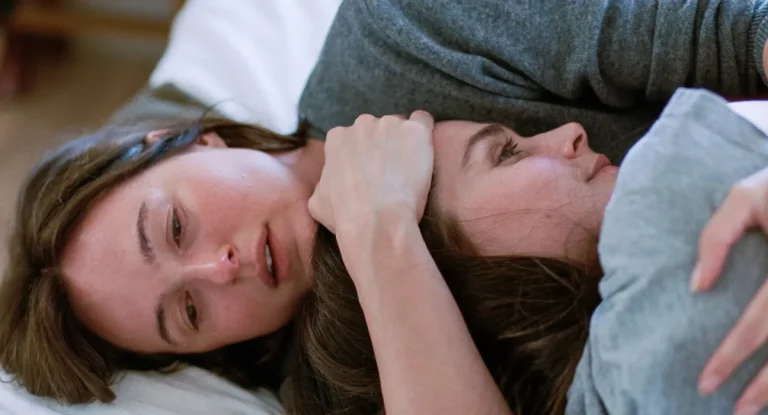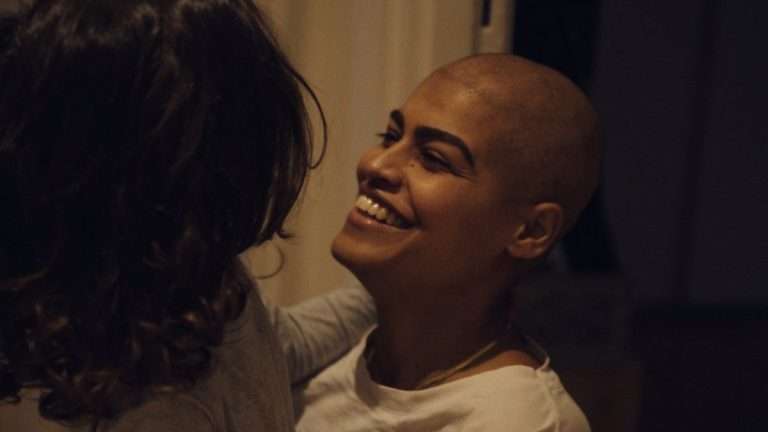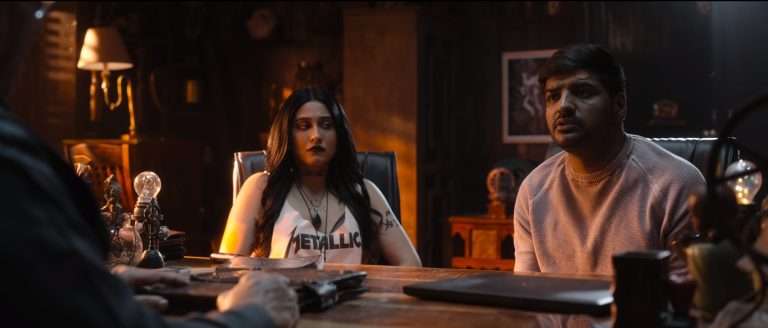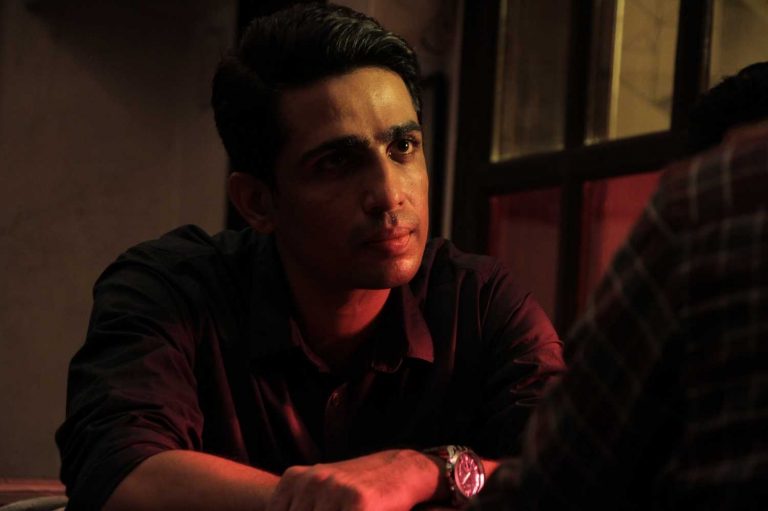Directed by Adrian Lyne, “Fatal Attraction” (1987) is a classic erotic thriller. The film stars Michael Douglas as Dan Gallagher, a married Manhattan lawyer who has an affair with Alex Forrest, a literary editor played by Glenn Close. Alex is an obsessive woman, and she takes to Dan after their one-night stand. She expects more of him than he’s willing to offer, and things go awry as he tries to return to his stable married life with wife Beth (Anne Archer) and daughter Ellen (Ellen Hamilton).
As Dan’s attempts to extricate himself from Alex’s life grow more insistent, her ploys at getting back at him become more desperate and more sociopathic. At its core, “Fatal Attraction” is a slasher movie, and Close plays the killer. However, it’s only halfway through the movie that the horror elements make themselves known. The actress initially plays Alex as a sultry character – an effortless seductress. Over time, the performance evolves to become something much more malignant. The cracks beneath her sultry exterior begin to appear, and Lyne brings this to the fore in an alarming sequence where Alex slashes her wrists in order to force Dan to spend the night with her.
This is the scene where we really get a sense of Alex as a character. After pressuring Dan to stay and tearing at his shirt in an attempt to stop him, the two have an argument, and Dan decides he’s had enough. He gets up to leave, walking through the hall, and Alex appears again. She asks him to say goodbye properly and apologizes. But when she brings her hands to his face, we get the kicker: “Your hands are all wet.” And then, of course, we see the blood, and Lyne cranks up Maurice Jarre’s blaring, Psycho-esque score. Here, it becomes clear we’re headed into thriller territory.
Close’s careful transformation of Alex’s character is masterful. The viewer can’t help but feel empathetic towards her at the start of the film. As her manipulation grows more insidious, our patience begins to wear. Nevertheless, there’s still a kernel of pity in our hearts for Alex – she’s simply unwell and in need of psychiatric attention. At the start of the film, Dan is just as much in the wrong as she is – he instigates the fling, after all. The way in which Close is able to craft a character just as sympathetic as she is dangerous is genius.
Screenwriter James Dearden (who wrote the script based on his short film “Diversion”) deserves some of the credit for Alex’s character as well, of course, but you really can’t imagine anyone besides Close in the role. That’s what makes the story behind her casting so unbelievable: she wasn’t even under consideration for the part of Alex! Dozens of actresses were further up the list, including Susan Sarandon, Michelle Pfeiffer, and Jessica Lange. The producers’ main concern was that Close wasn’t ‘sexy enough’ for the role, but she was still insistent on getting into the project.
She auditioned with Michael Douglas, reading through several scenes, including the one where Alex and Dan have their first conversation. According to director Lyne, Close “became the character” in the process of the audition – she changed her hair and outfit for the trial. Her commitment to the role and single-minded pursuit of it blew the filmmakers away, and they had no choice but to cast her. The rest, of course, is history – “Fatal Attraction” was a massive box office success, grossing $156 million on a mere $14 million budget. That made it the second-highest-grossing Hollywood movie of 1987 (behind only “Three Men and A Baby”), and the film is still considered a classic erotic thriller today.
It’s safe to say the film wouldn’t have been nearly as successful without Close in the role of Alex. Her commitment to the role manifested itself in the empathy she brought to her performance – Alex is one of the most relatable sociopaths you’re likely to see on screen. Her despair at being toyed with by Dan is palpable, and a part of the movie’s power is how easy it is to point the finger of blame at Michael Douglas’s character instead. That’s made explicit in the world of the film as well, in the scene where the police officer tells Dan he’ll have to lie in the bed he’s made.
Alex is basically severely ill. In the film’s original ending, she kills herself with the knife Dan leaves on her counter after he breaks into her house to assault her. This causes Dan to be framed for her murder, and the film originally ended with him being arrested by the police, only to be exonerated after his wife finds a tape in which Alex mentions killing herself. As you can probably tell, that was a more complicated conclusion that made Dan complicit in what happened to Alex.
Test audiences didn’t love the original ending, however. They wanted blood. So, the studio executives paid Lyne an extra $1.5 million to reshoot the ending. None of the creative team was very happy about this since it explicitly turned Alex into a psychopathic character capable of murder. That’s never actually the case prior to the ending – Alex stalks Dan, kidnaps his daughter for a couple of hours, and kills a rabbit, but she never actually crosses the line into harming other people.
That changed with the new ending, which featured her being first drowned by Michael Douglas, then coming back to life (like Ghostface in “Scream”) before being shot by Anne Archer. This ending addressed the bloodlust of the audience, but Close was against it. She apparently refused to shoot the new scenes at first and had to be convinced that it was the right decision for the film’s commercial prospects. Ultimately, she realized that the new ending was what the audience needed in order to reach a sense of catharsis after the stressful viewing experience of “Fatal Attraction.”
Even so, Close didn’t believe that Alex was capable of harming other human beings. She’s said that she never thought of Alex as a villain, merely a disturbed, fragile human being whom she had “grown to love.” That’s a part of the legacy of the character, which is criticized today for being a sexist caricature. At the time, Close played her with deep understanding (even defending the bunny killing scene by saying that it was catalyzed by the abuse Alex experienced as a child). As a result, the actress was unwilling to paint her as a monster (which the film eventually did end up doing). That’s part of why “Fatal Attraction” is still so watchable today: right up until the ending, you’re unsure of whose side you’re on.






![Who We Are Now Review [2018]: A Hopeful Story mired in Despair](https://79468c92.delivery.rocketcdn.me/wp-content/uploads/2018/09/who-we-are-now-tiff-768x432.jpg)
